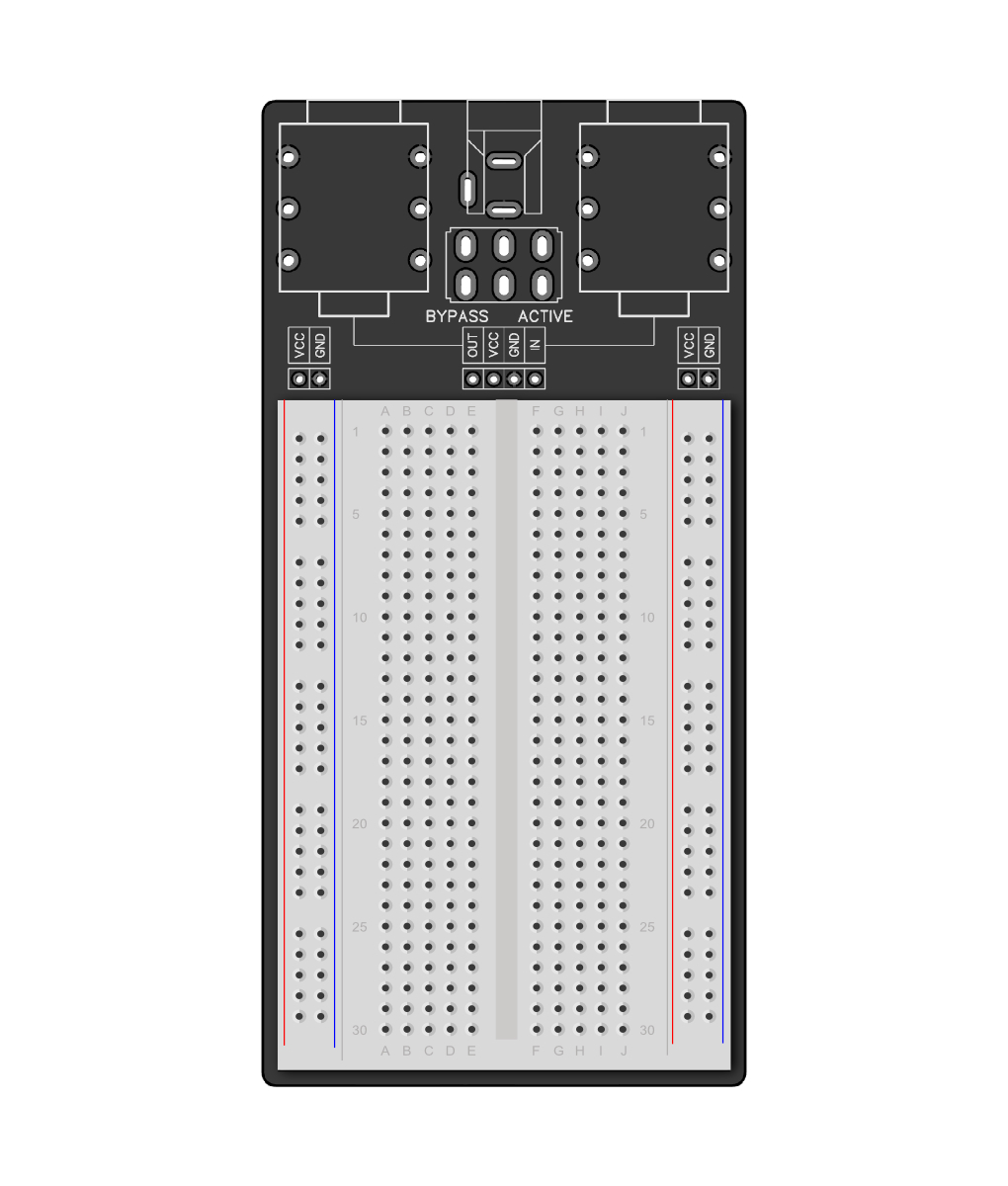Kroars
Well-known member
Hello all,
Im hoping one (or a few) of you could shed some light on this. I’ve been scouring the internet, articles and forums; and while I’m finding tons of info on the GE Sunface and FF circuits I don’t seem to find much on the silicon side other than to use BC108’s, BC109’s, BC183 etc. when selecting transistors. My question is: would there be a specific formula we’re looking for when choosing specific hfe for these transistors? Do we use the same ratio for Q1 & Q2 as the GE (with higher hfe)? Does it even matter on the silicon side?
The reason I ask is because I’ve built one of these and tried the aforementioned transistors, biased to 4.5v-6v but was not happy with the results. I don’t have any real experience with SF/FF pedals, and it could just be that they’re not for me.
In short: are there any suggested hfe combos I should try before giving up?
Thanks!
Im hoping one (or a few) of you could shed some light on this. I’ve been scouring the internet, articles and forums; and while I’m finding tons of info on the GE Sunface and FF circuits I don’t seem to find much on the silicon side other than to use BC108’s, BC109’s, BC183 etc. when selecting transistors. My question is: would there be a specific formula we’re looking for when choosing specific hfe for these transistors? Do we use the same ratio for Q1 & Q2 as the GE (with higher hfe)? Does it even matter on the silicon side?
The reason I ask is because I’ve built one of these and tried the aforementioned transistors, biased to 4.5v-6v but was not happy with the results. I don’t have any real experience with SF/FF pedals, and it could just be that they’re not for me.
In short: are there any suggested hfe combos I should try before giving up?
Thanks!

